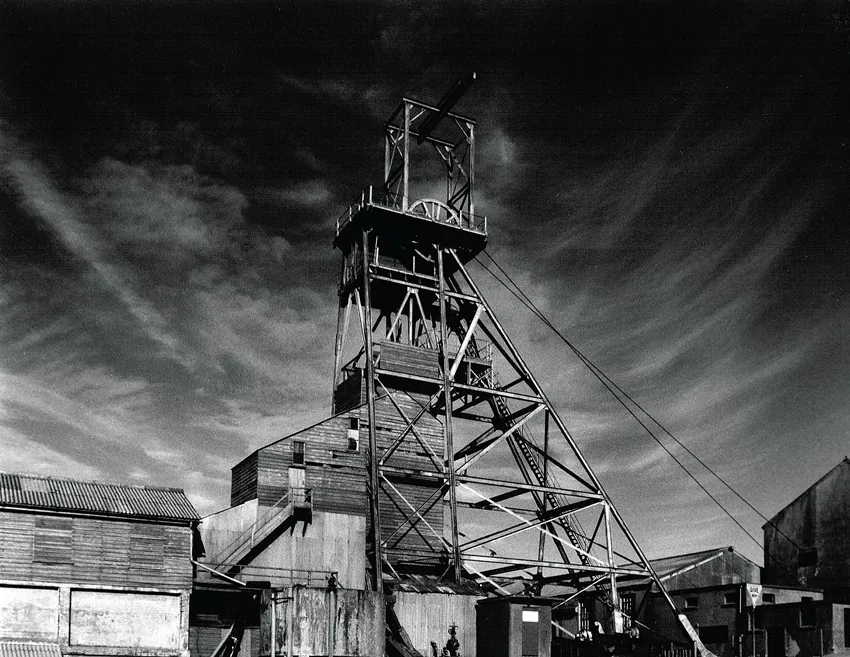This is a new set of Geevor Tin Mine Galleries replacing the original pages. There are now a new series of pages with over 250 images between them. Many of these were taken soon after closure, others in the years that followed.
I have chosen a few images for this page that give a good sample of the images on the following galleries.

I was very fortunate to have access to the mine site soon after closure. With a handful of keys and the cameras I had an amazing time. As a result I took the opportunity to record the mine as it was after the last shift.

I have always felt Geevor Mine was a very special place to me, the site has an atmosphere all of its own. I love wandering around with the cameras on a sunny day, then watching the sun go down on the cliffs preferably with my arm around Tracy, the love of my life.

Mining at Geevor dates from the late 18th century with the recovery of Tin and Copper. It was one of Cornwall’s last deep Tin mines which closed in the early 1990’s.

The mine was originally worked under the name of East Levant Mine until 1840. From 1851 the name changed to North Levant, this became a major concern employing around 170 workers. The mine closed in 1891 due to the low price of Tin which caused many other mines in Cornwall to close.

The site remained closed until 1905 when the West Australian Gold Fields Company purchased the operation. The new company was named Geevor Tin Mines Ltd. The site covered not only the old North Levant Mine but many smaller neighbouring concerns.

The main shaft of the mine was Wethered Shaft named after one of the company’s founders. This remained the main development area until 1919. With the end of the First World War, Victory Shaft was sunk, this was to become the main access of the mine until the final closure. The shaft was vertical to 460m then sunk on a decline to a final depth of 610m.

During the 1960’s Geevor Tin Mine reclaimed the old Levant Mine workings under the sea. This was only made possible when a breach in the seabed had been sealed with concrete. More expansion came over the coming years.

In 1985 when the Tin price crashed the mine struggled on but it was fighting a loosing battle. The mine finally closed in 1990 with the pumps being turned off the following year. Underground there are over eighty miles of passages, the mine produced over 50,000 ton of Tin.





Finally, it is one of my greatest disappointments that I never managed to get underground there whilst this great mine was still open.
The music on this page is published here with the permission of the Holman Climax Male Voice Choir.
